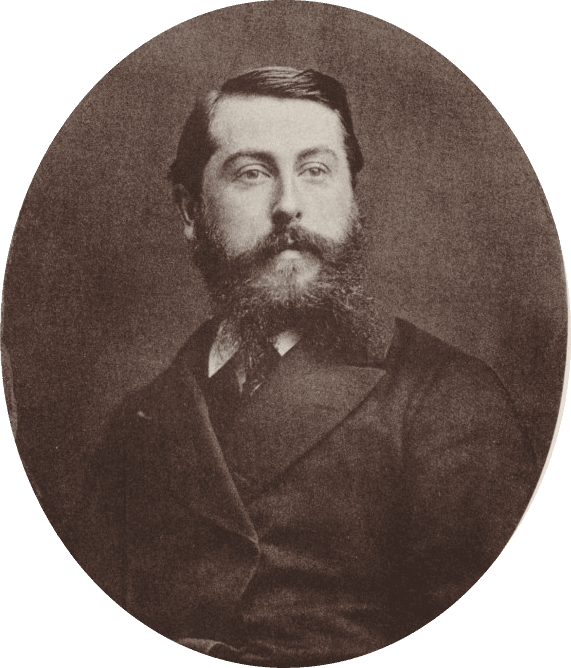With its beautiful harmonies and melody, the “Flower Duet,” for soprano and mezzo-soprano, has become one of the most famous duets in the operatic repertoire. Some listeners might wonder what this piece is really about, and what makes it a timeless classic.
An Exotic Setting
While often performed as a stand-alone concert piece today, the “Flower Duet” is part of “Lakmé,” a French opera composed by Léo Delibes, first performed in 1883. This is perhaps the Romantic composer’s most famous work. It follows the dramatic love story of Lakmé, the daughter of a Brahmin priest, and a British officer during the British Raj.
Léo Delibes, composer of "Lakmé," in 1875. PD-US






